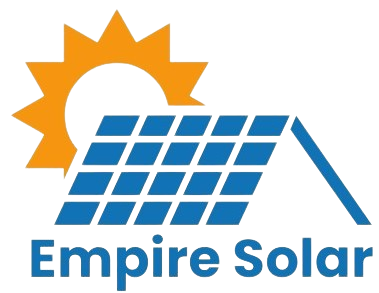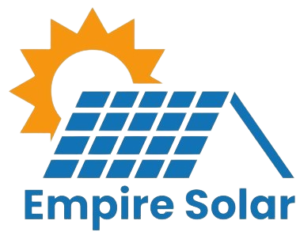All About Solar Technology
- Home
- Solar Panels

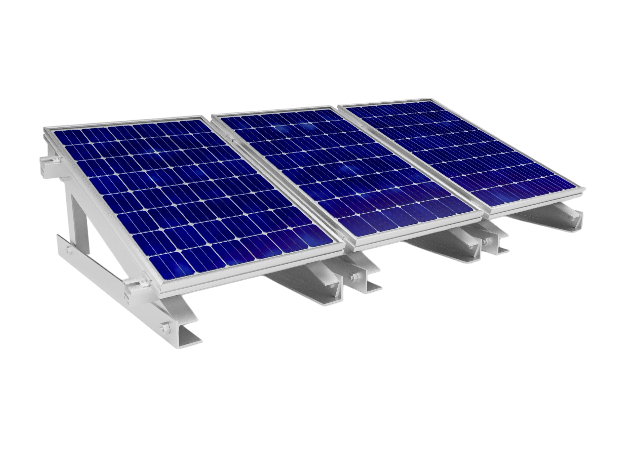
Technical Advancement in Solar Panels
Making Solar a seamless part of our daily life
Just as Bill Gates states generally for technical advancement it’s also true in context of advancement solar panels. Solar technology is on a trend to become even more seamless, less intrusive and integral part of our daily routine. The future holds fascinating applications because of significant advances in solar technology. We have certainly came a long way from inception of solar technology.
Let’s have a look at panel types available and recent technological advancement in solar panel technology.
The advance of technology is based on making it fit in so that you don’t really even notice it, so it’s part of everyday life.
Bill Gates
Solar Panel Technology
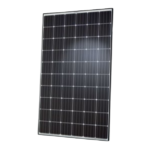
Mono-Crystalline
A monocrystalline solar panel is a type of solar panel where the individual solar cells are made from a single, pure silicon crystal. It generates electricity from a single, continuous crystal of silicon, maximizing energy capture from sunlight.
-
Most efficient 15-20 %
-
Highest cost
-
Black and sleek appearance
-
Ideal for Small Spaces
-
Performance dips under cold climate.
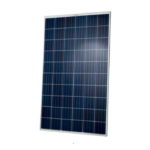
Poly-Crystalline
A polycrystalline solar panel is a type of photovoltaic (PV) panel that generates electricity from sunlight using multiple silicon crystals fused together to form a single cell, resulting in a textured, mosaic-like appearance on the panel.
-
Lower efficiency 13-16 %
-
More cost effective
-
Blue and speckled.
-
Ideal for Large roof installations
-
More space requirements.
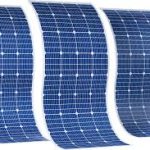
Thin Film
Thin film solar panels are composed of several layers of light-absorbing materials, such as amorphous silicon, CdTe, or copper indium gallium selenide. These materials are deposited onto a substrate, often glass, metal, or plastic
-
Least efficient
-
Cheapest type of panel
-
Black or dark blue.
-
Specialized use, limited space installation or projects.
-
Perform well at extreme angles therefore can be installed vertically.
-
Perform well in cloudy and shaded conditions.
Research trends in Solar Technology
Manufacturing Process
Innovations in the fabrication and manufacturing process of solar plates with the aim to reduce cost and improve performance. Innovation techniques include
-
Tunnel Oxide Passivated Contact (TOPcon)Tunnel Oxide Passivated Contact (TOPcon)
-
Interdigitated Back Contact Cells (IBCs)Interdigitated Back Contact Cells (IBCs)
Material Innovation
Innovations in the material composition solar plates. Some new successful materials are
-
Perovskite Solar Cells: 22% effecient at reduced cost.Perovskite Solar Cells: 22% effecient at reduced cost.
-
Multi-Junction Cells:: with recorded effeciency of 40% at concentrated sunlight.Multi-Junction Cells:: with recorded effeciency of 40% at concentrated sunlight.
-
Organic Photovoltaics (OPVs): Specialized useage with integration into building.Organic Photovoltaics (OPVs): Specialized useage with integration into building.
Cost and Efficiency optimization
Researchers are exploring possibilities outside the solar panel itself to reduce system cost and improve efficiency of solar generation. Some examples include:
-
AI and IoT Integration: To boosts efficiency by optimizing energy output and predictive maintenanceAI and IoT Integration: To boosts efficiency by optimizing energy output and predictive maintenance
-
Advanced Coatings: Anti-reflective and self-cleaning surfaces improve energy capture by 4% and 7%,.Advanced Coatings: Anti-reflective and self-cleaning surfaces improve energy capture by 4% and 7%,.
Solar Panel longevity
Researchers are exploring new frontiers to improve durability and weather resilience of panel to increase their life. Research aspects include:
-
Use of self healing materials in solar panels.Use of self healing materials in solar panels.
-
UV absorption and moisture resistant coatings.UV absorption and moisture resistant coatings.
-
Flexible and shatter proof panels.Flexible and shatter proof panels.
Improved Light absorption
Researchers are exploring possibilities to improve the quantity of energy absorbed from same amount of sunlight per meter square by techniques like:
-
Plasmonic NanostructurePlasmonic Nanostructure
-
Textured Glass SubstratesTextured Glass Substrates
-
Polydimethylsiloxane StickersPolydimethylsiloxane Stickers
Research in Solar That Matters
With so much happening in the research side of solar panels it becomes truly difficult to keep track of it all. Here is the critical technological leap in solar panels that you must be aware of when embarking on your solar journey.
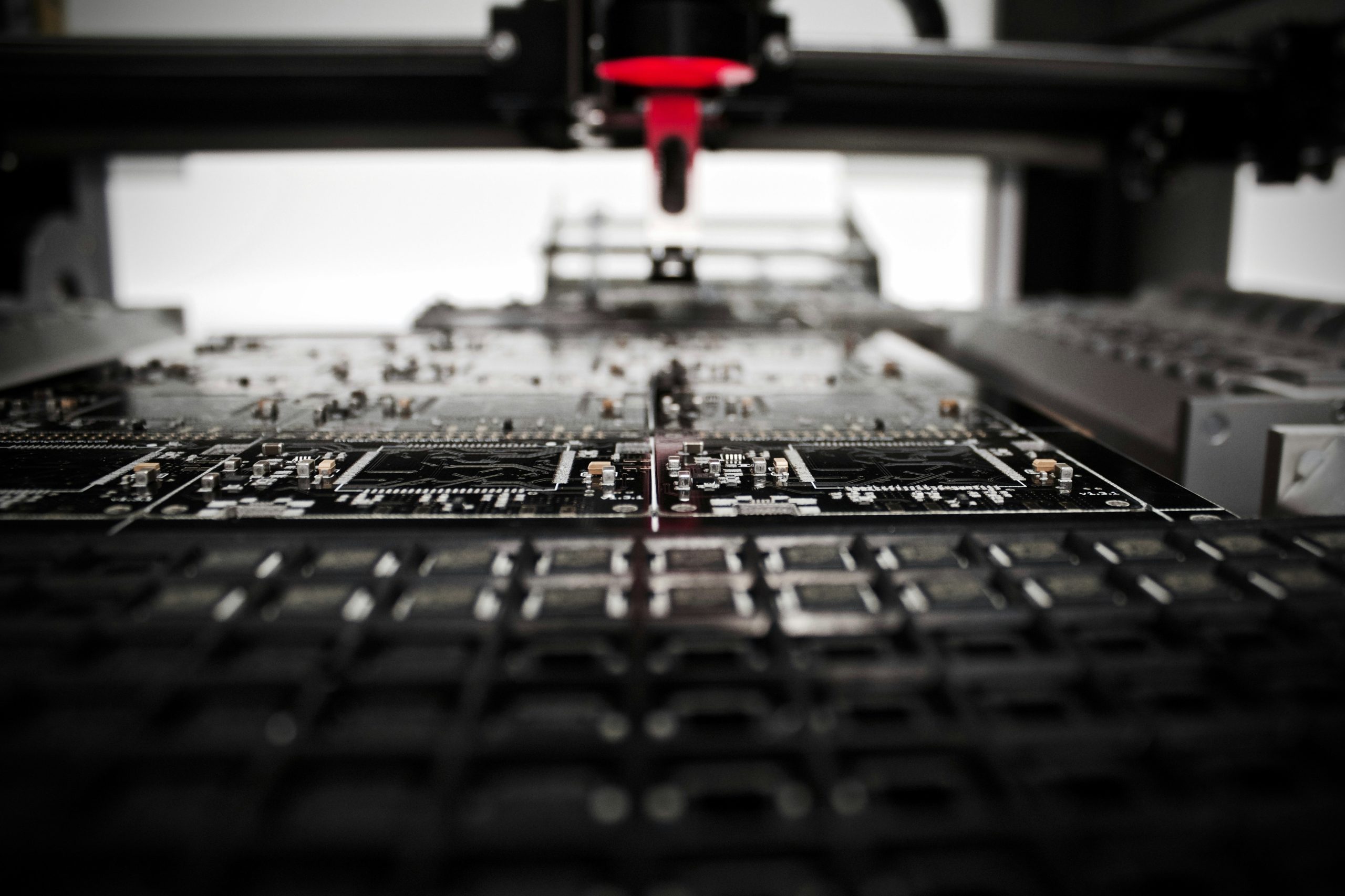
Solar Panels
-
Tier 1: Produced by manufacturers with a proven track record of quality and reliability, often backed by long-term warranties.
-
Tier 2: Made by companies with less established reputations; they may offer decent quality but lack the extensive testing and reliability of Tier 1.
-
Tier 3: Typically produced by lesser-known manufacturers, these panels may have inconsistent quality and shorter warranties.
-
Tier 1: Produced by manufacturers with a proven track record of quality and reliability, often backed by long-term warranties.
-
Tier 2: Made by companies with less established reputations; they may offer decent quality but lack the extensive testing and reliability of Tier 1.
-
Tier 3: Typically produced by lesser-known manufacturers, these panels may have inconsistent quality and shorter warranties.

Effeciency & Performance
-
Tier 1: Produced by manufacturers with a proven track record of quality and reliability, often backed by long-term warranties.
-
Tier 2: Made by companies with less established reputations; they may offer decent quality but lack the extensive testing and reliability of Tier 1.
-
Tier 3: Typically produced by lesser-known manufacturers, these panels may have inconsistent quality and shorter warranties.
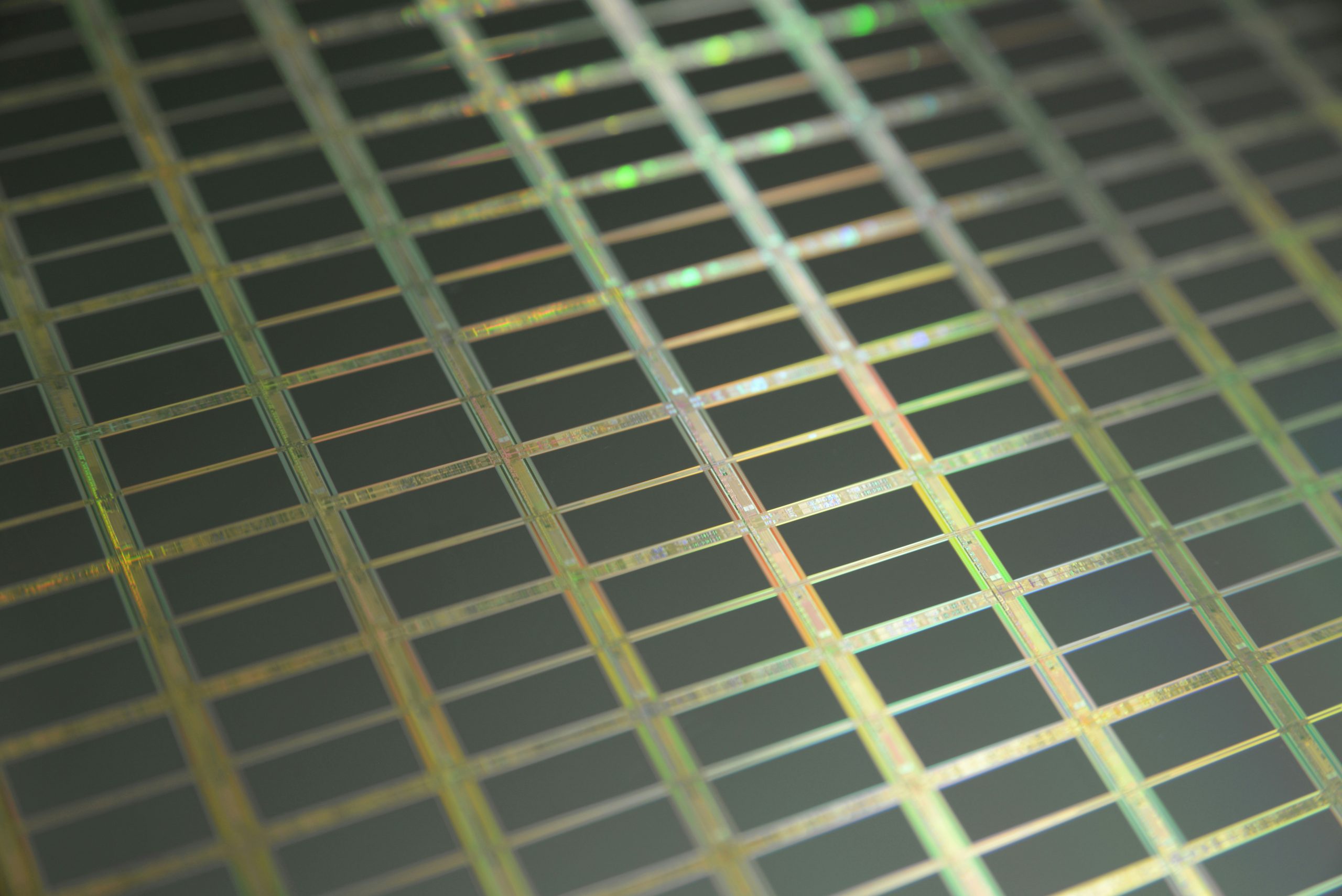
Material Composition
-
Tier 1: Produced by manufacturers with a proven track record of quality and reliability, often backed by long-term warranties.
-
Tier 2: Made by companies with less established reputations; they may offer decent quality but lack the extensive testing and reliability of Tier 1.
-
Tier 3: Typically produced by lesser-known manufacturers, these panels may have inconsistent quality and shorter warranties.

Warranty
-
Tier 1: Well reputed 5 year plus with upto 25 years warranty.
-
Tier 2: Variable warranties, may require thorough examination.
-
Tier 3: Relatively new player not enough data to support warranty claims.
Gist of Tiers
If finances are not an issue Tier 1 panels are most safe, reliable and efficient investment. Tier 2 are middle ground between lesser financial burden at a reasonable dip in efficiency. For most optimal financial decision Tier 3 are the choice.
Cost of Solar Dream
Now you have a grasp of available options in solar panels so let’s address the elephant in the room, How much do they cost?
Solar Inverter
Lorem ipsum dolor sit amet, consectetur adipiscing elit. Ut elit tellus, luctus nec ullamcorper mattis, pulvinar dapibus leo.
Solar Batteries
Lorem ipsum dolor sit amet, consectetur adipiscing elit. Ut elit tellus, luctus nec ullamcorper mattis, pulvinar dapibus leo.
Mounting and Racking
Lorem ipsum dolor sit amet, consectetur adipiscing elit. Ut elit tellus, luctus nec ullamcorper mattis, pulvinar dapibus leo.
Factors effecting cost of system
To estimate your solar system cost
Specify energy demand / solar system size
Demand can be estimated from annual energy consumption from your electricity bills, use the calculator to get daily energy demand and suggested systems that meet your needs.
Choose your panel tier.
Specify the dimensions, alignment and angle of roof or specify the dimension of ground location proposed for installation.
Get quote based on your custom demands or choose from available options
Solar Demand Calculator
Let us Empower your Solar Dream
To get a hassle free solar generation experience contact our experts and let them do their magic.
